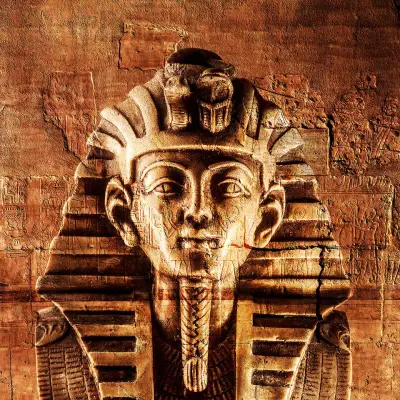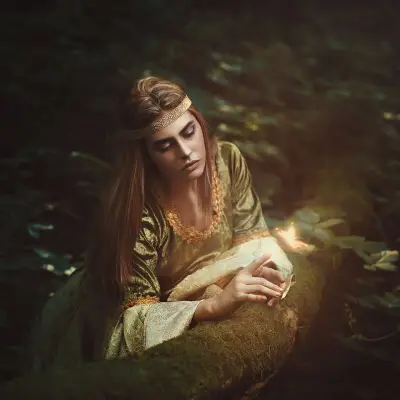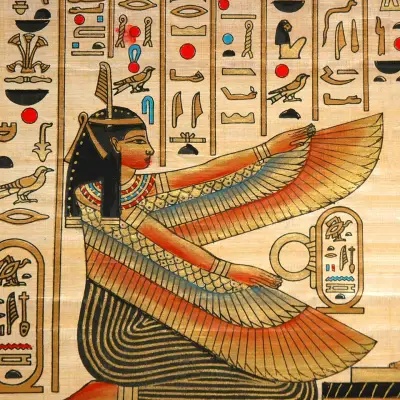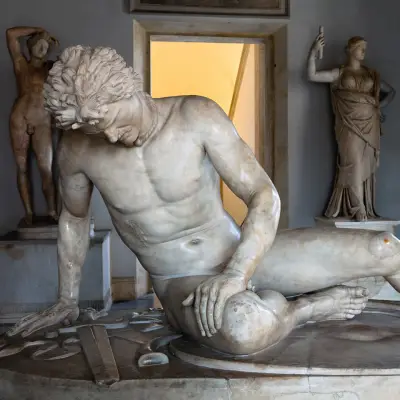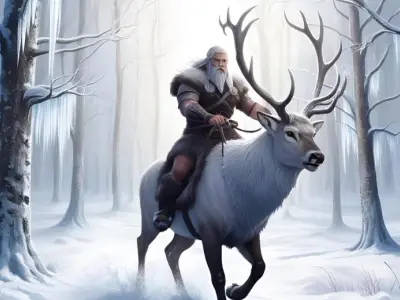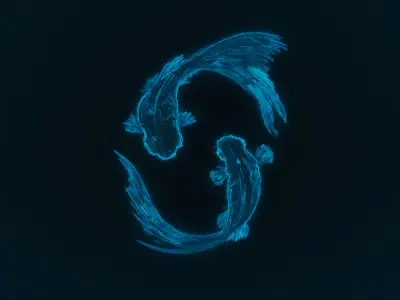If you're drawn to the rich world of Norse mythology, you’ve likely come across the intriguing figure of Hel, the goddess who rules over the realm of the dead. Mysterious, misunderstood, and often overshadowed by her more well-known relatives like Loki and Thor, Hel the Norse goddess is a fascinating character.
But who really was Hel? Was she evil? Was she powerful? And what exactly was her role in the Norse cosmos?
Jump to:
Recommended for you!
Best SellersWho Was Hel in Norse Mythology?
Hel, often referred to as the goddess of death in Norse mythology, was the ruler of the realm also called Hel — a cold, misty land where many souls went after death. She was not one of the shining Norse gods, but she held an incredibly important role in the Norse universe.
The name Hel comes from Old Norse, meaning "hidden" or "covered", and her domain was considered the final resting place for those who did not die a glorious death in battle. This made her the Norse goddess of the underworld, though not in the same sense as Christian concepts of Hell. Her world was not a place of fire and torment, but rather of stillness and gloom.
Hel's Myths
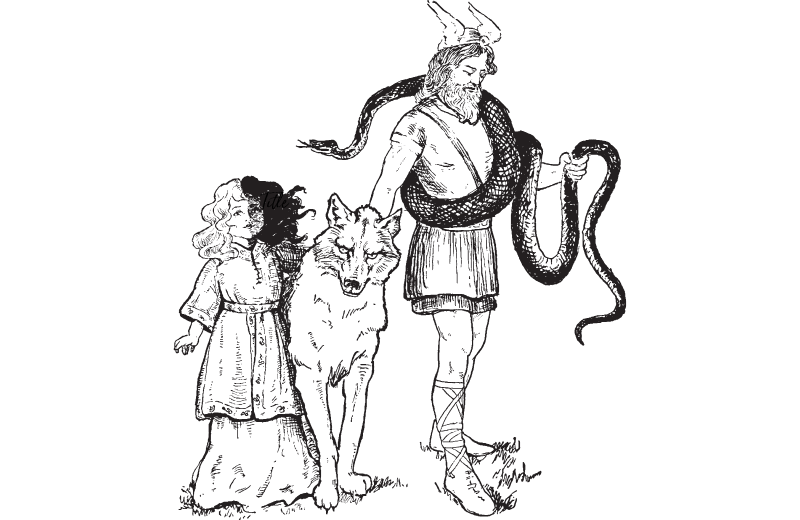
The myths surrounding Hel the Norse goddess may be fewer than those of the warrior gods, but they are rich in meaning. Below are three of the most well-known stories involving Hel, each highlighting a different aspect of her character and role.
The Birth of Hel and the Gods' Fear
Hel was born to Loki, the unpredictable trickster god, and Angrboda, a fearsome giantess from Jotunheim. Her siblings were equally unsettling: Fenrir, the giant wolf fated to devour Odin, and Jörmungandr, the serpent destined to fight Thor. When the gods learned of this trio, they were alarmed. Fearing their potential to disrupt the balance of the cosmos, Odin acted swiftly to separate them and place each where their power could be contained.
Odin's Banishment of Hel to the Underworld
To prevent chaos and maintain divine order, Odin banished Hel to the shadowy realm of Niflheim, one of the nine worlds. There, she was given sovereignty over the dead who had not died honourably in battle — those who passed from illness, age, or misfortune. In her new domain, Hel built a hall called Éljúðnir, described as bleak and solemn, befitting the souls she received. Though exiled, this act paradoxically granted her immense power, making her a pivotal figure in the Norse afterlife.
The Death of Baldr and Odin’s Journey to Hel’s Realm
One of the most poignant stories in Norse mythology involves the death of Baldr, the beloved son of Odin. When Baldr was killed, his soul descended to Hel’s realm, and Odin himself ventured into the underworld to plead for his return. Hel, showing both wisdom and authority, agreed to release Baldr only if all things in the world wept for him. When one being — a disguised Loki — refused to cry, Baldr remained in Hel’s care, showcasing her role as a just and unbending keeper of the dead.
The Role of Hel in Norse Storytelling
In Norse mythology, Hel plays a subtle yet powerful role. Unlike the war gods, she isn’t out on the battlefield. She doesn’t wield hammers or ride into the fray. Instead, she waits. Her domain receives the souls that don’t go to Valhalla or Fólkvangr, and in this way, she maintains balance.
This makes her an essential part of the Norse view of life and death. The idea that not all souls were rewarded or punished, but simply continued on in a different realm, reflects a complex understanding of mortality.
She also plays a part in the events of Ragnarok, the end of the world in Norse myth. Some interpretations suggest that she will release the dead to join the final battle, led by her brother Fenrir. This paints Hel as a force aligned with fate and necessary endings.
What Powers Did Hel Possess?
As the Norse goddess of the underworld, Hel’s powers were deeply tied to death and the afterlife. She didn’t have the flashiness of thunder or the glamour of magic, but her influence was vast.
She had complete control over her realm and the souls within it. When someone entered her domain, they were hers — even the gods had to obey her rules there. In this way, Hel the Norse goddess symbolised inevitability. No one, not even the mighty Odin, could fully overturn her decisions.
Her realm was described as cold and shadowy, and she herself was said to have a terrifying appearance: half her body alive and beautiful, the other half dark and decayed. This duality symbolised the boundary between life and death — a reminder of what lies beyond the veil.
Symbols Associated with Hel
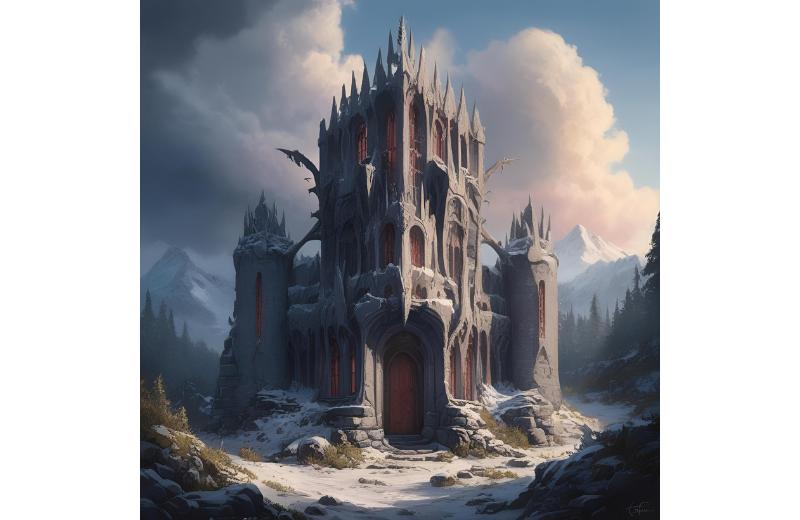
Hel is often represented through a few recurring symbols and visuals:
- Half-living, half-dead form: This striking image is perhaps the most famous representation of Hel. One side of her face appears youthful and alive, while the other is skeletal or decaying. It’s a stark symbol of mortality.
- Her hall, Éljúðnir: This is the home of the dead in her realm, described as a gloomy and sombre place.
- Hel’s realm, Niflheim: An icy and mist-covered land, it’s closely associated with silence, stillness, and reflection.
Hel's Lineage and Connections
Hel was born of powerful yet chaotic stock. Her father, Loki, is one of the most complicated figures in Norse mythology — a shapeshifter, trickster, and sometimes villain. Her mother, Angrboda, was a fearsome giantess. This made Hel a creature of both gods and giants, belonging to neither world but influencing both.
She shared her origins with Fenrir and Jörmungandr, and together, the three were considered so dangerous that Odin sought to separate and confine them. It’s clear that the gods did not consider Hel evil just because of her nature — they were afraid of her potential power.
Despite being Loki’s daughter, Hel was not close to her father. Her role was solitary, and her realm was distant from the antics and politics of the gods in Asgard.
Why Is Hel Special?
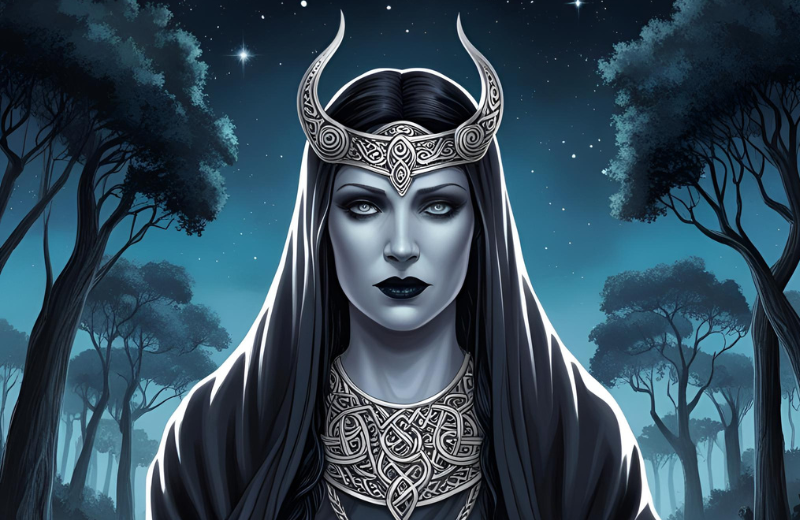
What makes Hel special is not her might or her actions, but her presence. She doesn’t rage through myths like Thor or plot schemes like Loki. Instead, she represents an unchanging truth: death.
She isn’t the goddess of hell in the way Christian theology might define, nor is she purely malevolent. In fact, Hel in Norse mythology is surprisingly neutral. Her job isn’t to punish — it’s to house the souls of those who have passed.
In this way, Hel is an immensely important character. She reminds us of what lies beyond, of the inevitability that comes to all, regardless of status or strength.
Hel in Modern Culture
Today, Hel’s mythology has made its way into films, comics, and modern storytelling. Marvel’s character Hela, for example, is a heavily stylised version of the goddess — although very different in detail.
Hel has also inspired art, literature, and even spiritual practice. People interested in Norse paganism sometimes honour her as a guide of the dead. Her symbol has become a powerful metaphor for acceptance, endings, and peace with mortality.
Hel's Worship and Legacy
There’s limited evidence that Hel was actively worshipped in the same way gods like Thor or Odin were. However, she was certainly respected — and feared. In pre-Christian Scandinavia, death was not something to be taken lightly. As the goddess of the dead in Norse mythology, Hel commanded reverence simply through her role.
Over time, especially after Christianisation, her name and story became distorted. The modern word Hell is derived from her name, but her realm was never meant to represent eternal punishment. This blending of beliefs led to the creation of a darker image of Hel than originally existed. Still, she endures in legend, reminding us that death is not a villain — it’s part of life’s rhythm.
Recommended for you!
Best SellersFrequently Asked Questions About Hel
Why did Odin banish Hel?
Because of her powerful and unpredictable nature as the child of Loki and a giantess, Odin feared what she might become and sent her to Niflheim. This act was as much about keeping balance in the cosmos as it was about preventing chaos from spreading.
Did Hel have a husband?
There’s no record in Norse myth of Hel having a husband or consort. Unlike many other deities, her mythology is independent, and she is portrayed as a solitary ruler of her realm.
Why did Odin ride to Hel?
Odin rode to Hel to try and retrieve his son Baldr after Baldr’s death. He hoped to plead with Hel to release Baldr’s spirit, demonstrating her immense authority even over the gods themselves.
Is Hel good or evil?
Hel was a neutral figure who ruled the dead. She was more about balance than judgement, acting as a necessary counterpart to gods who represented war and vitality.
Is Hel related to Thor?
Hel and Thor are not closely related. Thor is the son of Odin and the earth goddess Jörð, while Hel is the daughter of Loki and the giantess Angrboda, making them part of different divine families within Norse mythology.
Is Hel still alive after Ragnarok?
According to some interpretations of the Norse myths, Hel's fate after Ragnarok is uncertain. While many gods perish during the final battle, some sources suggest that realms like Hel's may continue to exist in the new world that follows.
Study Norse Mythology for £29
Norse mythology is full of fascinating gods, legends, and deeper meanings waiting to be explored. If you’re fascinated by Hel and Norse mythology, why not take your knowledge further? At Centre of Excellence, you can enrol in the Norse Mythology Diploma Course for just £29! Learn about the gods, myths, and legends in greater depth and explore the rich history of the Vikings.

